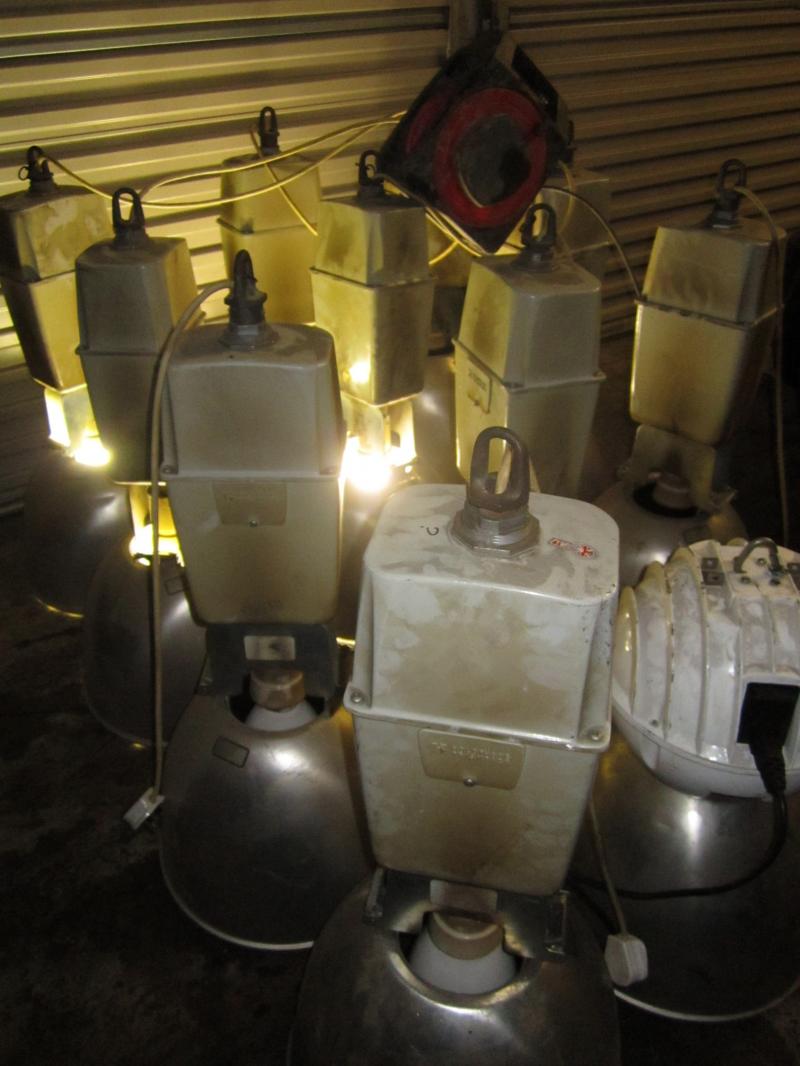Does this still apply to 'modern' high frequency control gear with an electronic ballast?
My guess would be, probably not.
To start with, the frequency of the flashes will be very different, much higher - so it will affect higher speed events.
To put it in perspective, at 50Hz, there are 100 light and dark periods per second, or 6,000 per minute. To get the strobe effect and have something appear still, then you'd need something that was in the same place 6000 times per minute. That could be something rotating at 6000rpm, but equally, it could be something rotating more slowly - but with multiple points of symmetry, a saw blade is a prime example of that. Say you've got a 40 tooth circular saw, it only needs to be going 6000/40 = 150 rpm for it to move one tooth per flash. it can be going any multiple of that, and "a" tooth will be in the same place, just not the next tooth.
The classic example most people (above a certain age) are familiar with is the old "wagon wheels going backwards" effect on old films. As the wagon changes speed, you can often see an effect where the wheels appear to stop, go backwards, forwards, stop, and so on. So as it slows, it might go from (say) 4 spokes/frame and stationary, then appear to go backwards slowly (but speeding up), then at some point it jumps to being a bit fast for 3 spokes/frame (so going forwards but slowing), slows through stationary at 3 spokes/frame, then going backwards as it's below the speed for that, and so on through reducing numbers of spokes/frame.
If the electronic control gear were running at (say) 10kHz, then that's 100 times the frequency. So the minimum speed anything must be going would be 600,000 <somethings>/minute. So a 40 tooth blade would now need to run at 15,000 rpm to synchronise. In practice, alternate teeth are different, so it needs to run at twice that speed for the teeth to appear clear and stationary.
It is possible - especially with finer teeth blades.
Secondly, the different lights will be running asynchronously - so it's highly likely that as long as you have multiple lights illuminating an object, there will never be distinct bright and dark periods. So for that reason, I'd think it's highly unlikely you'd see any problems with them.



